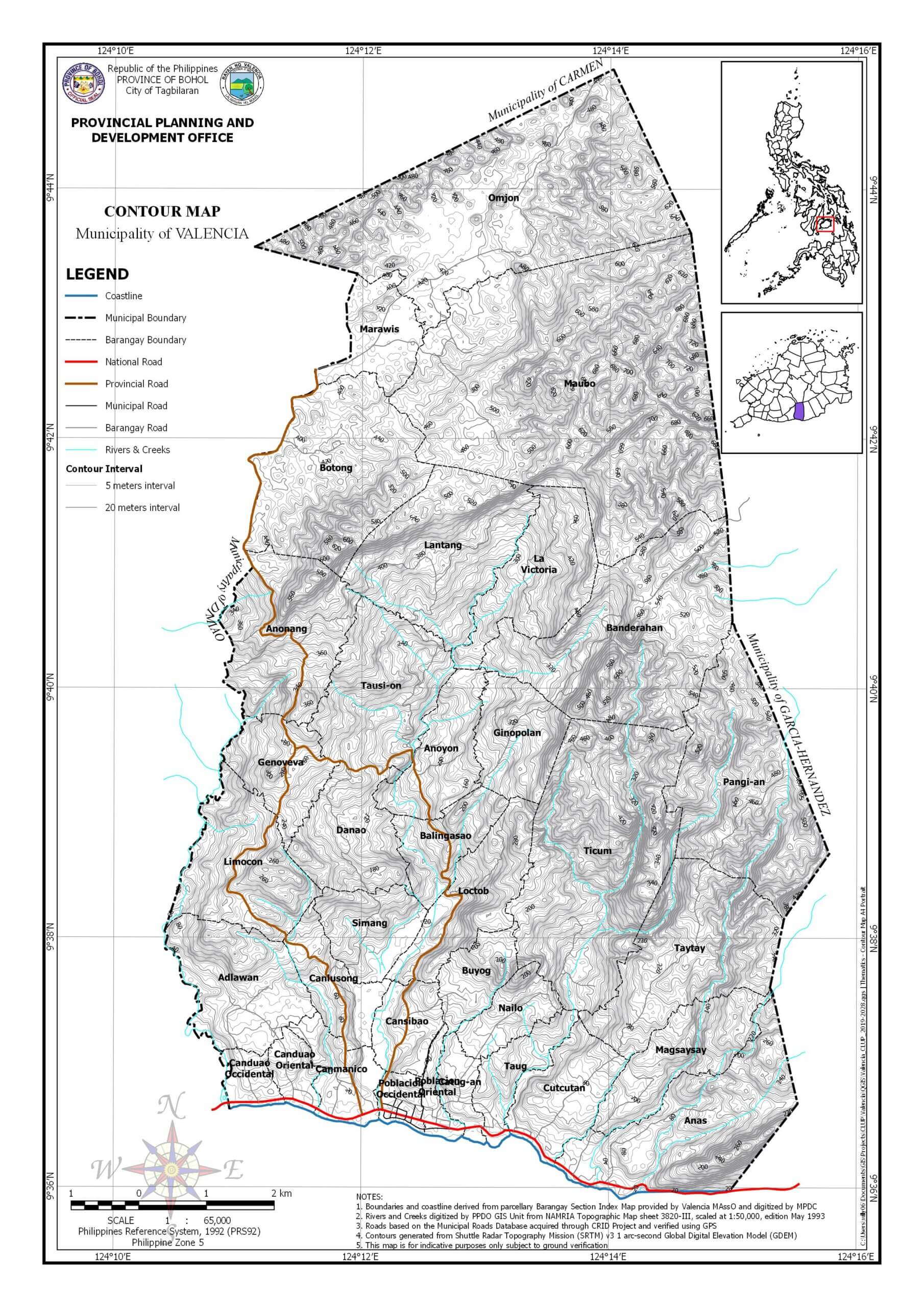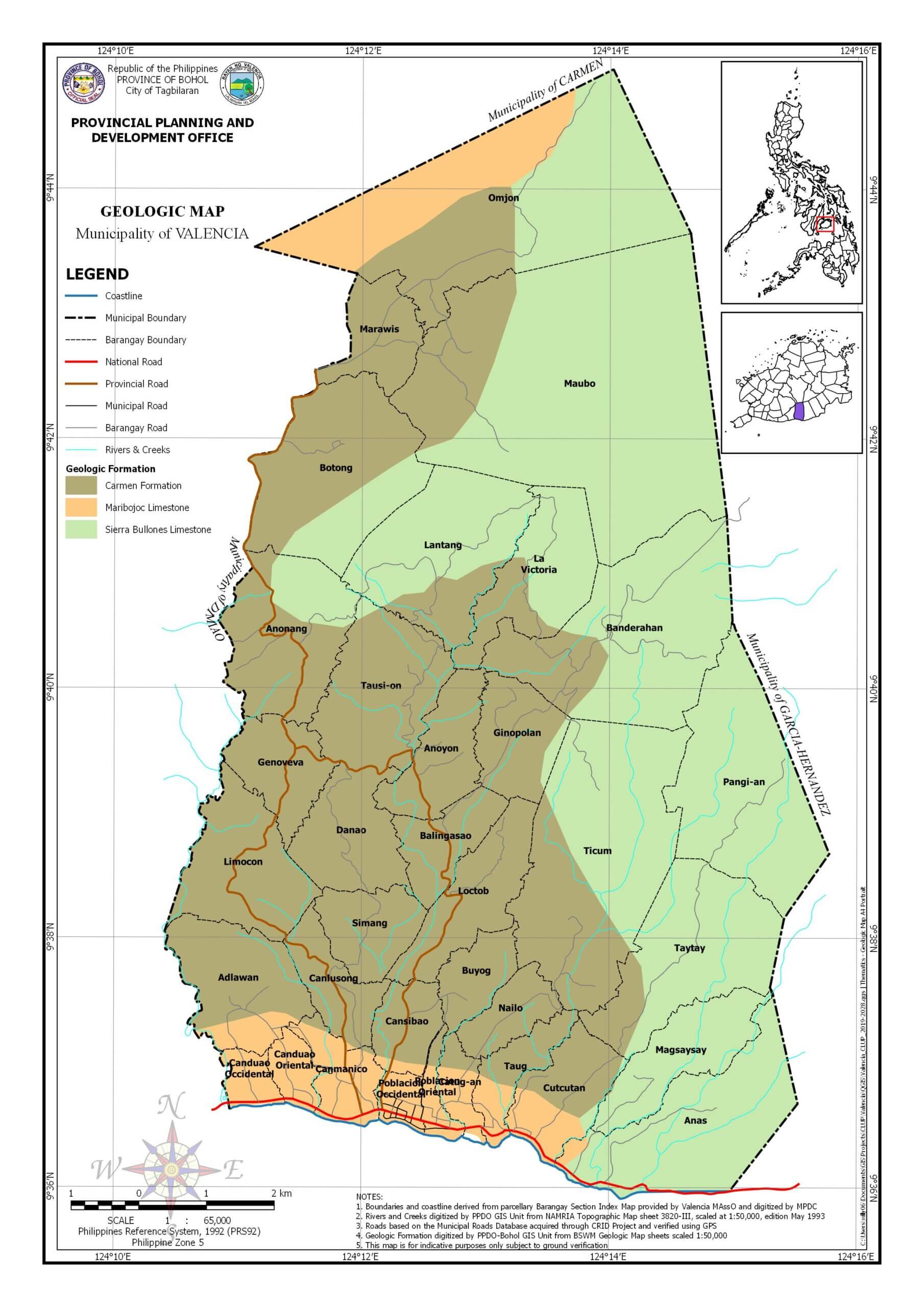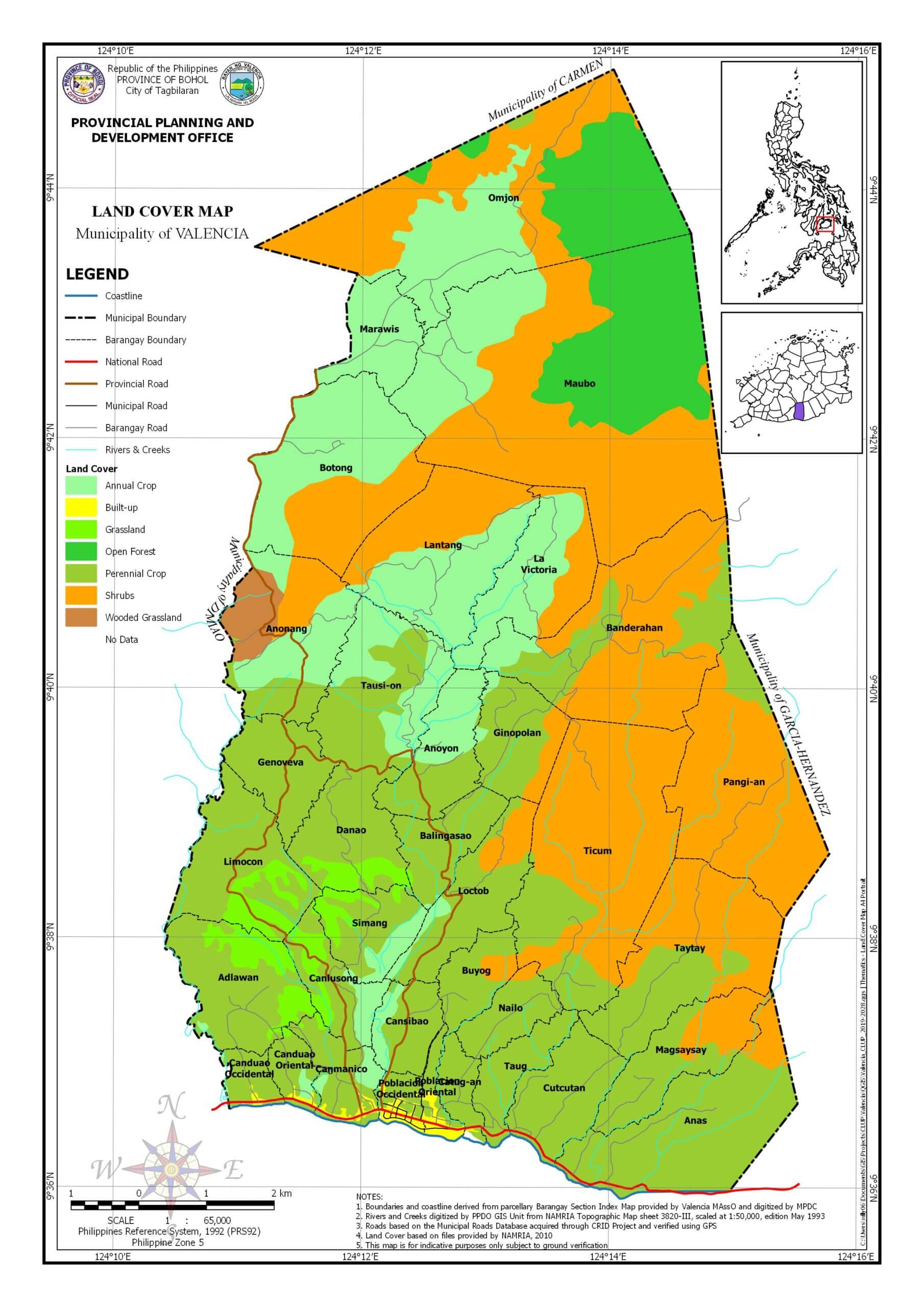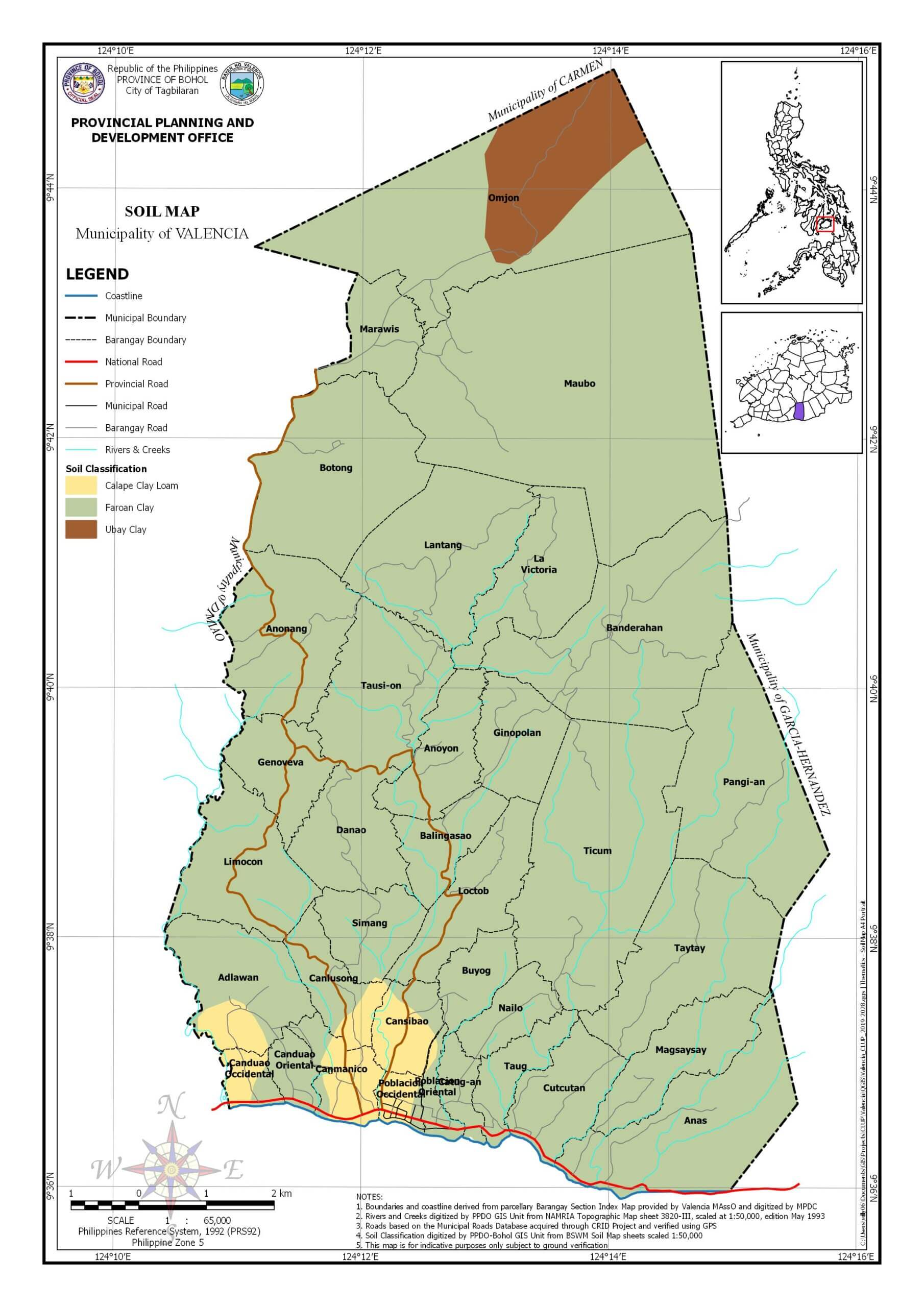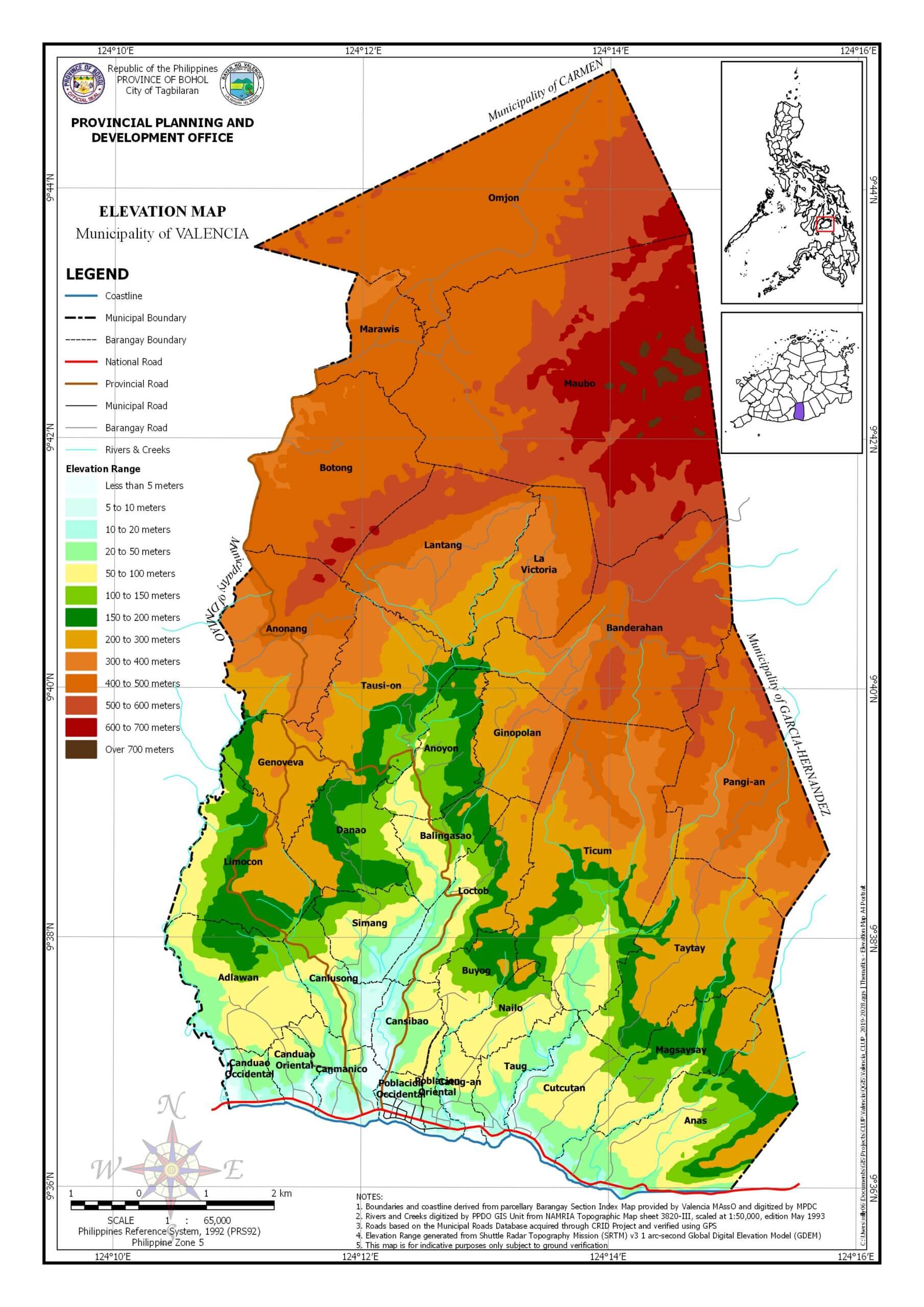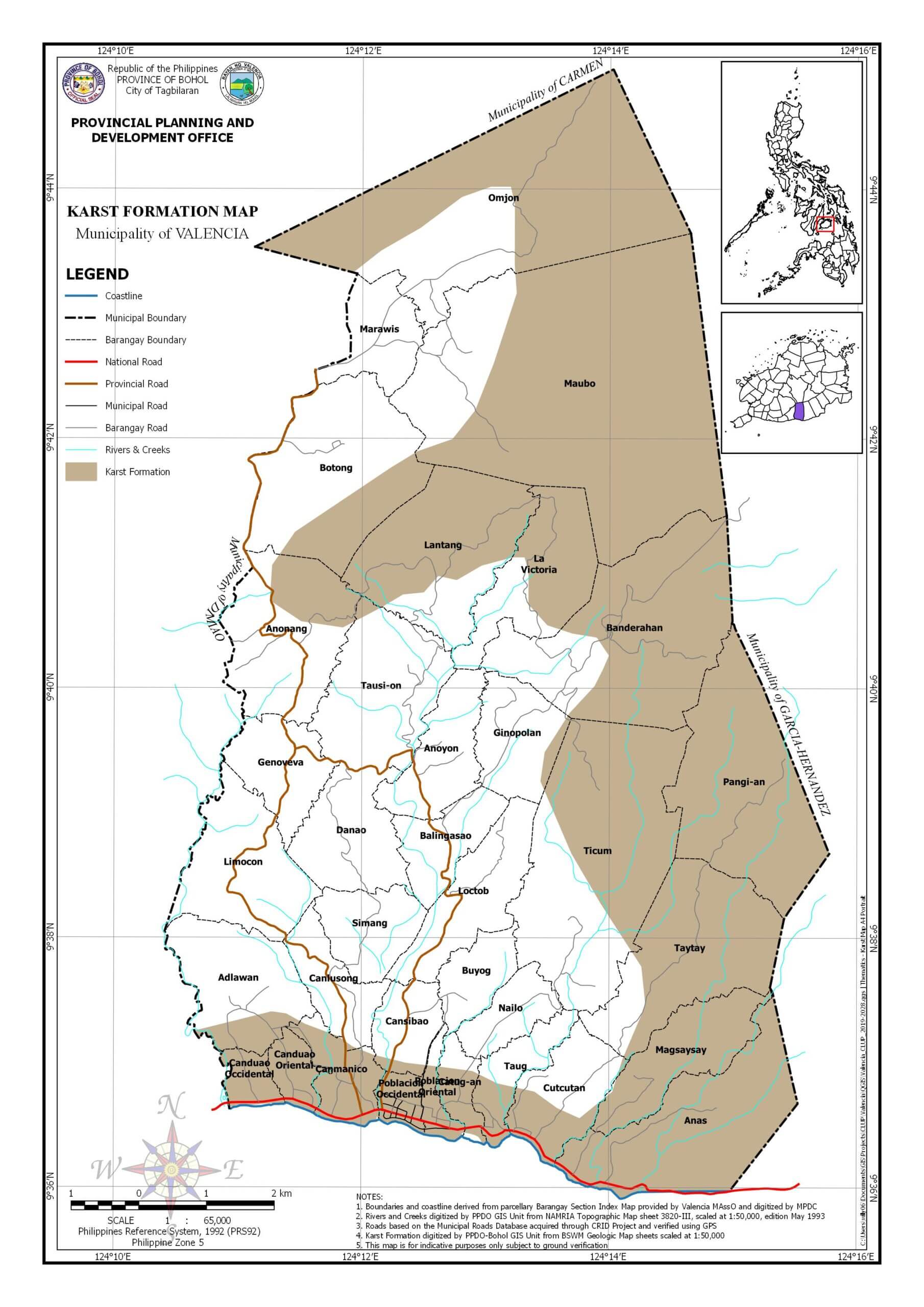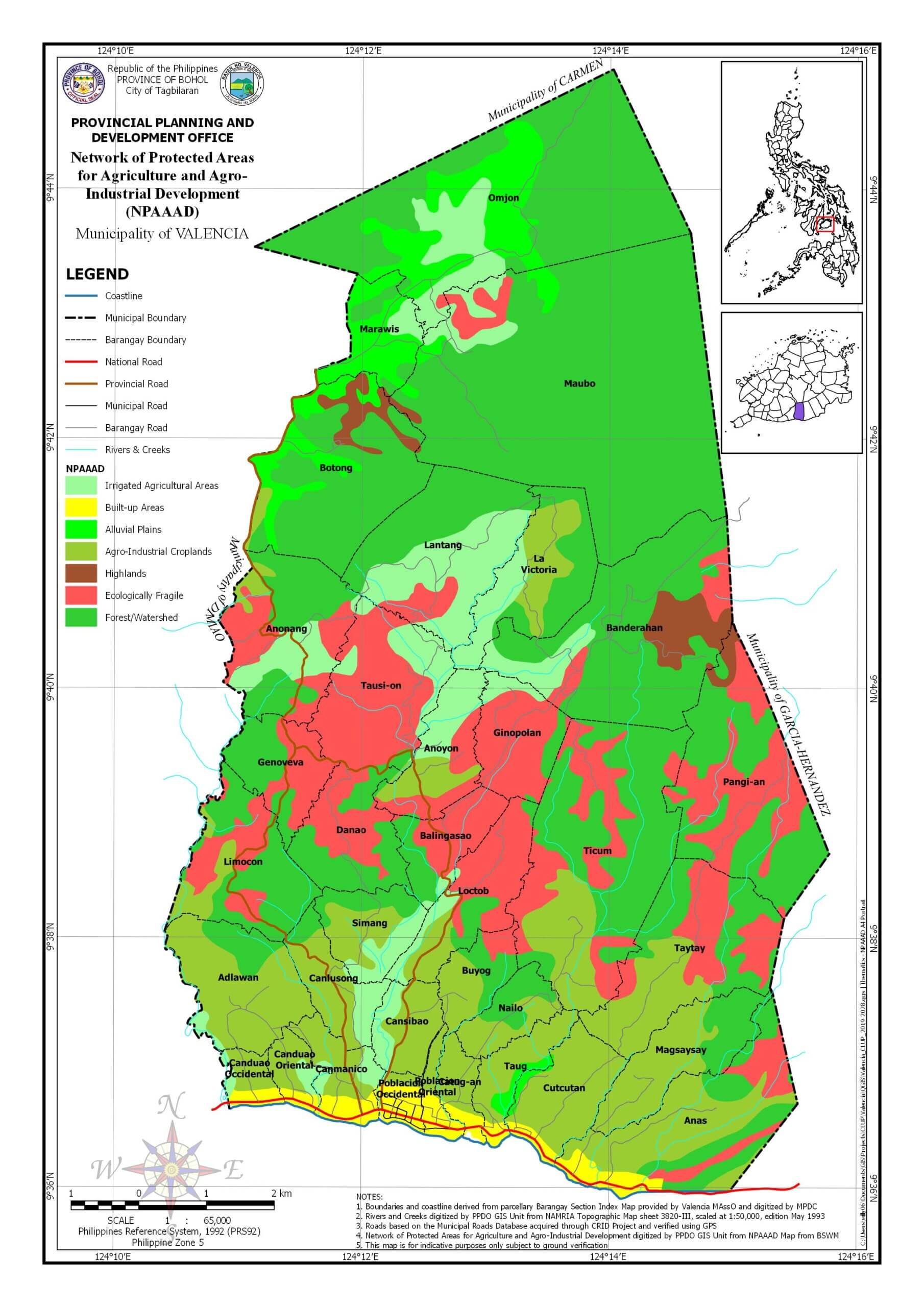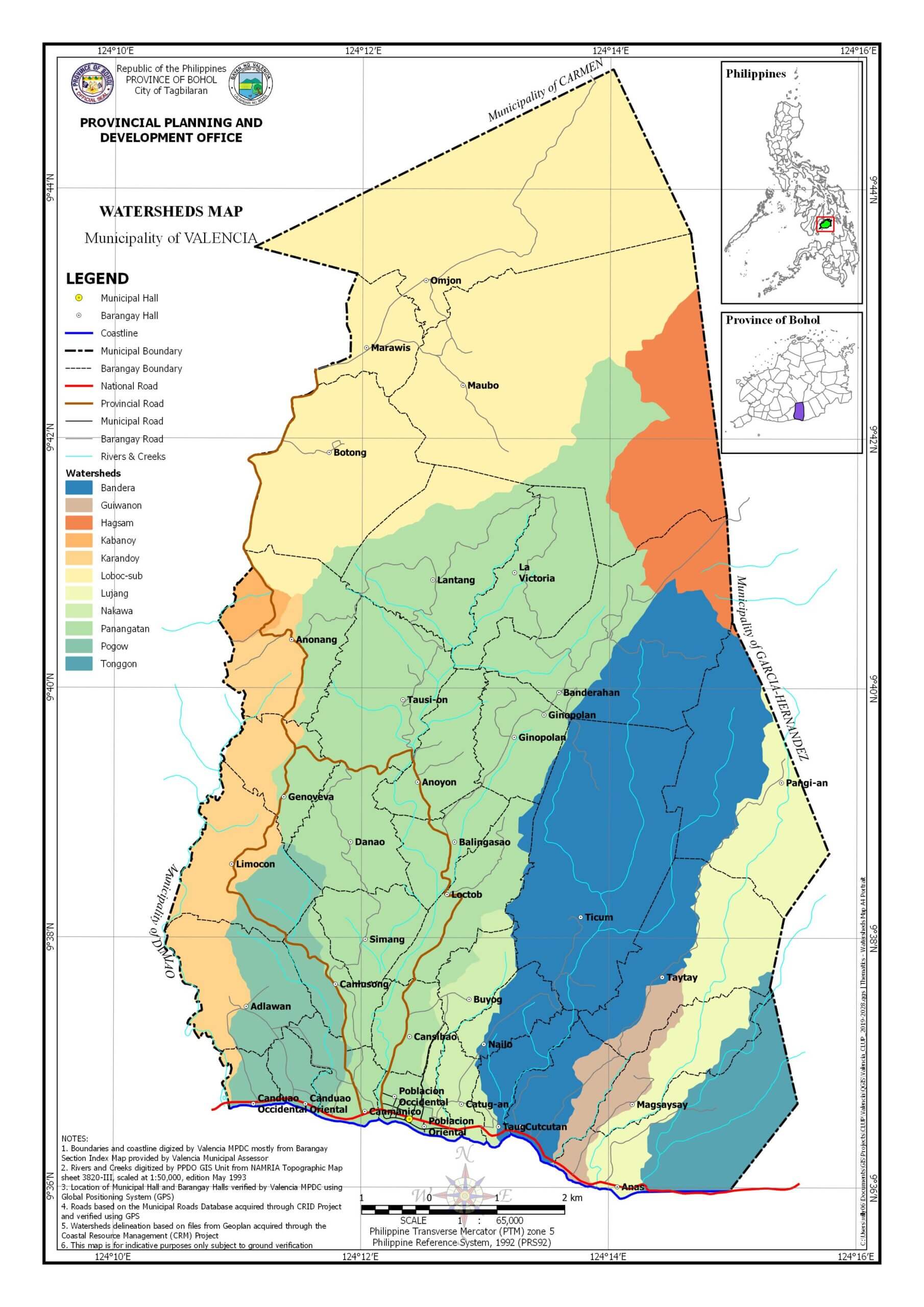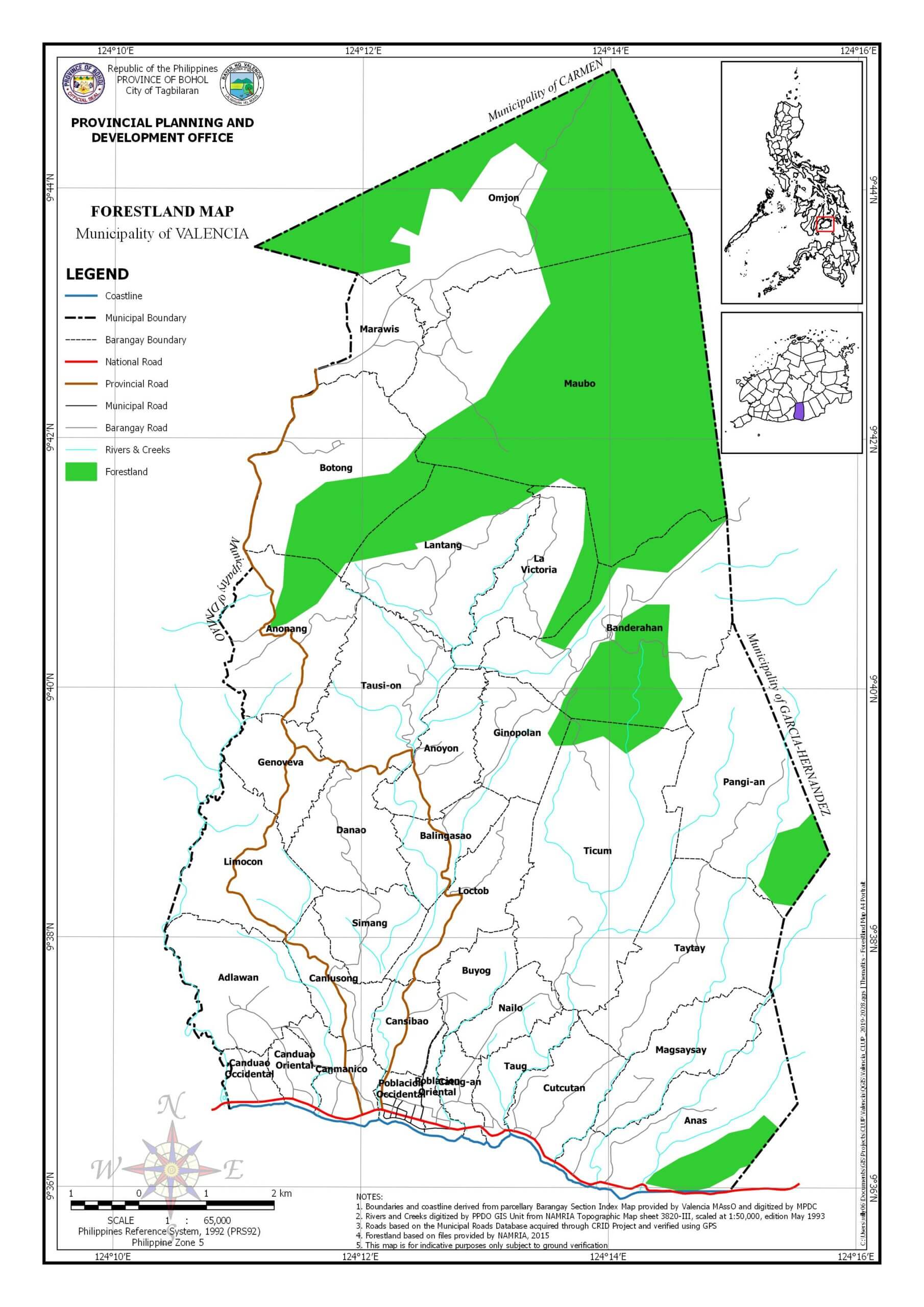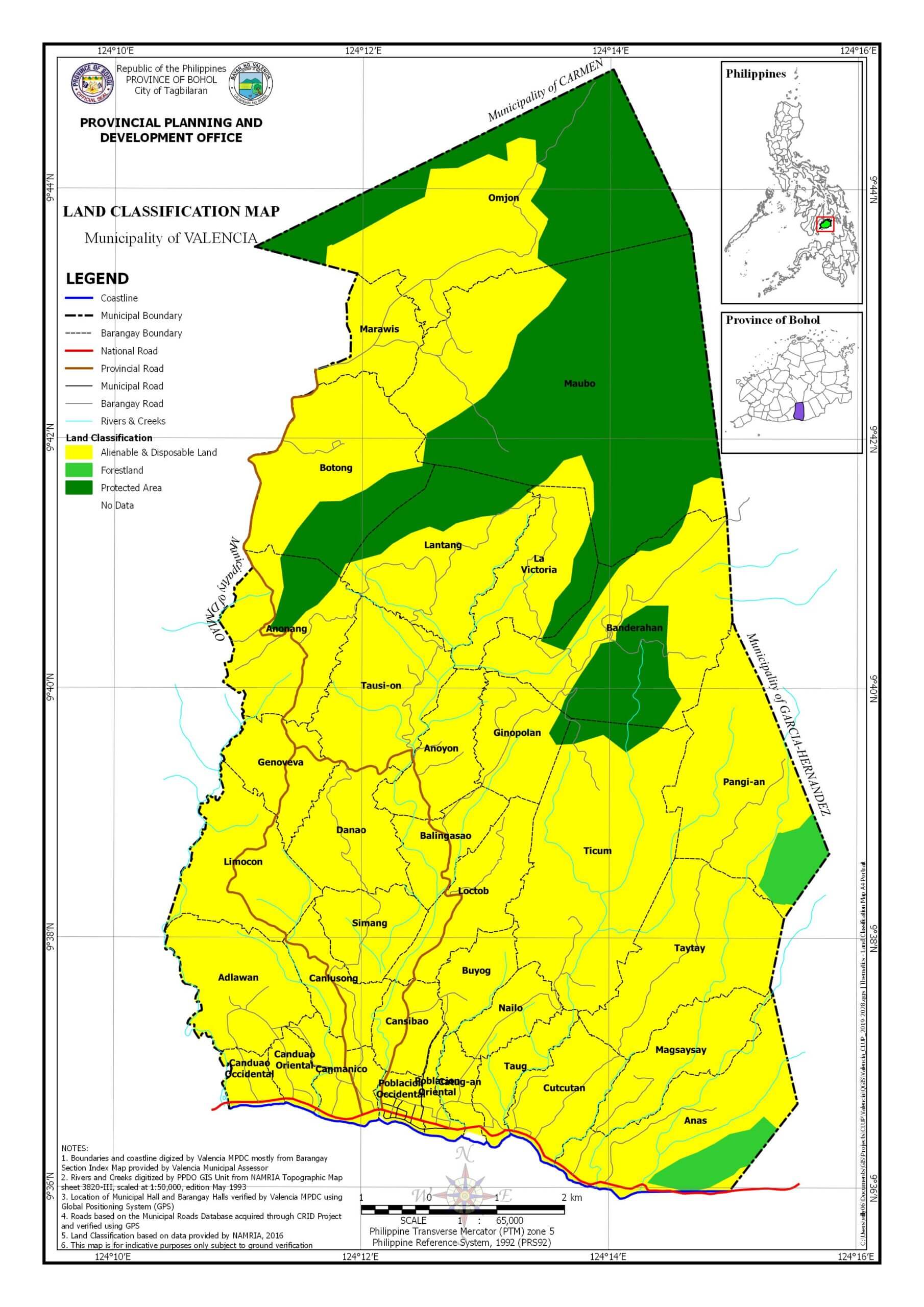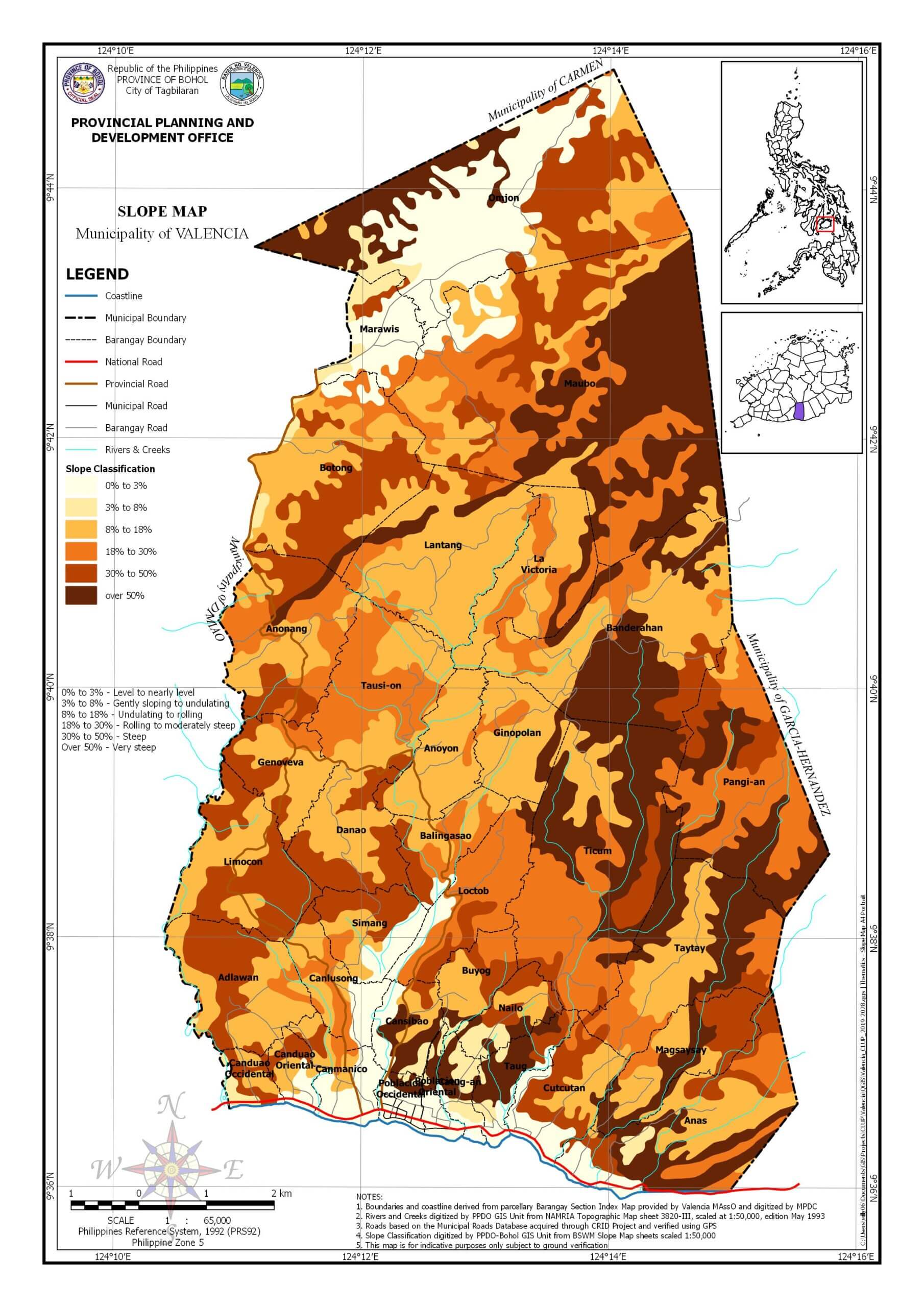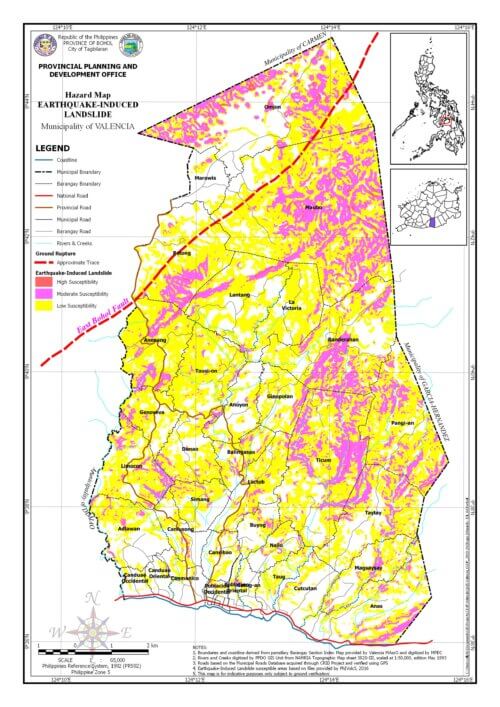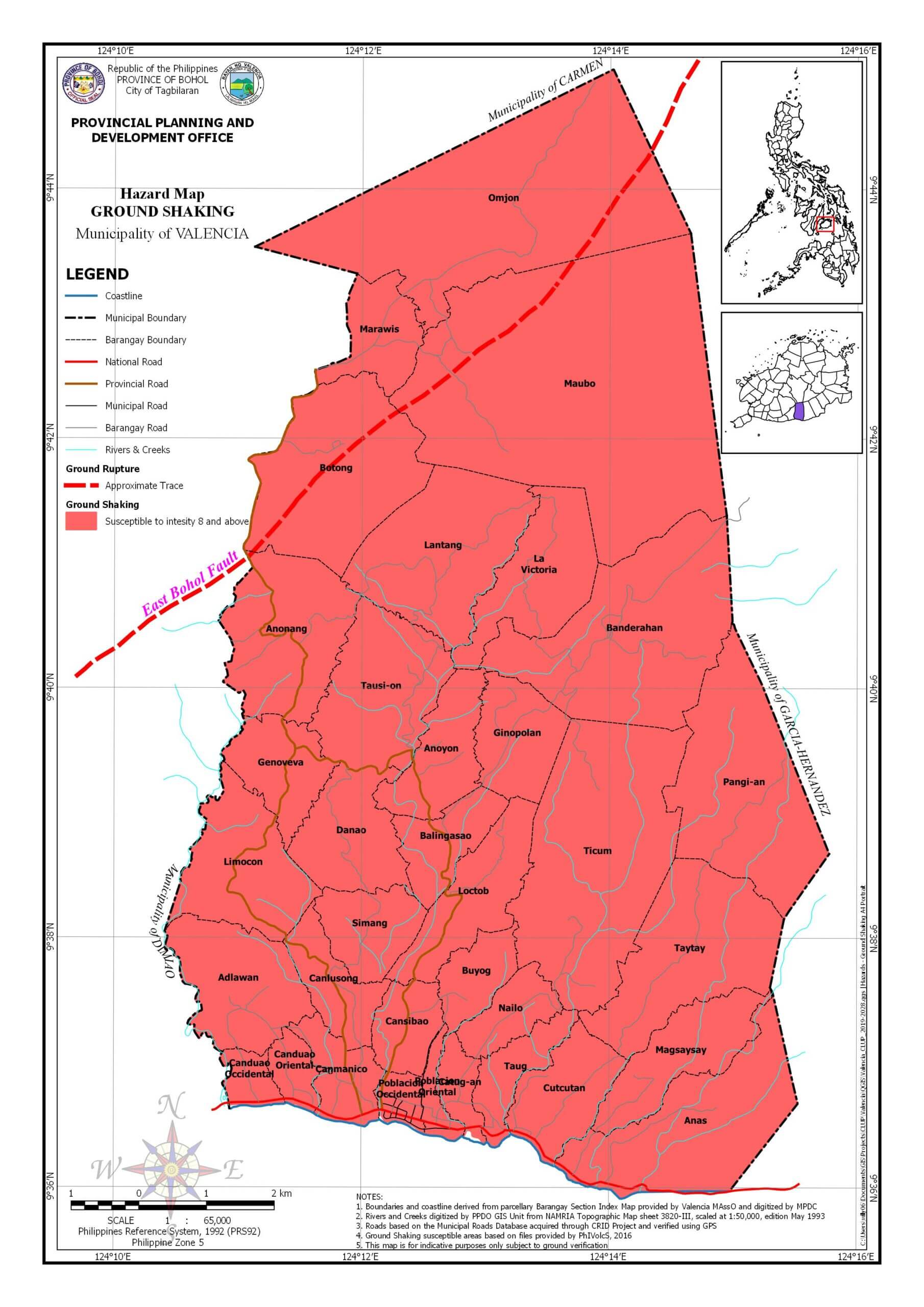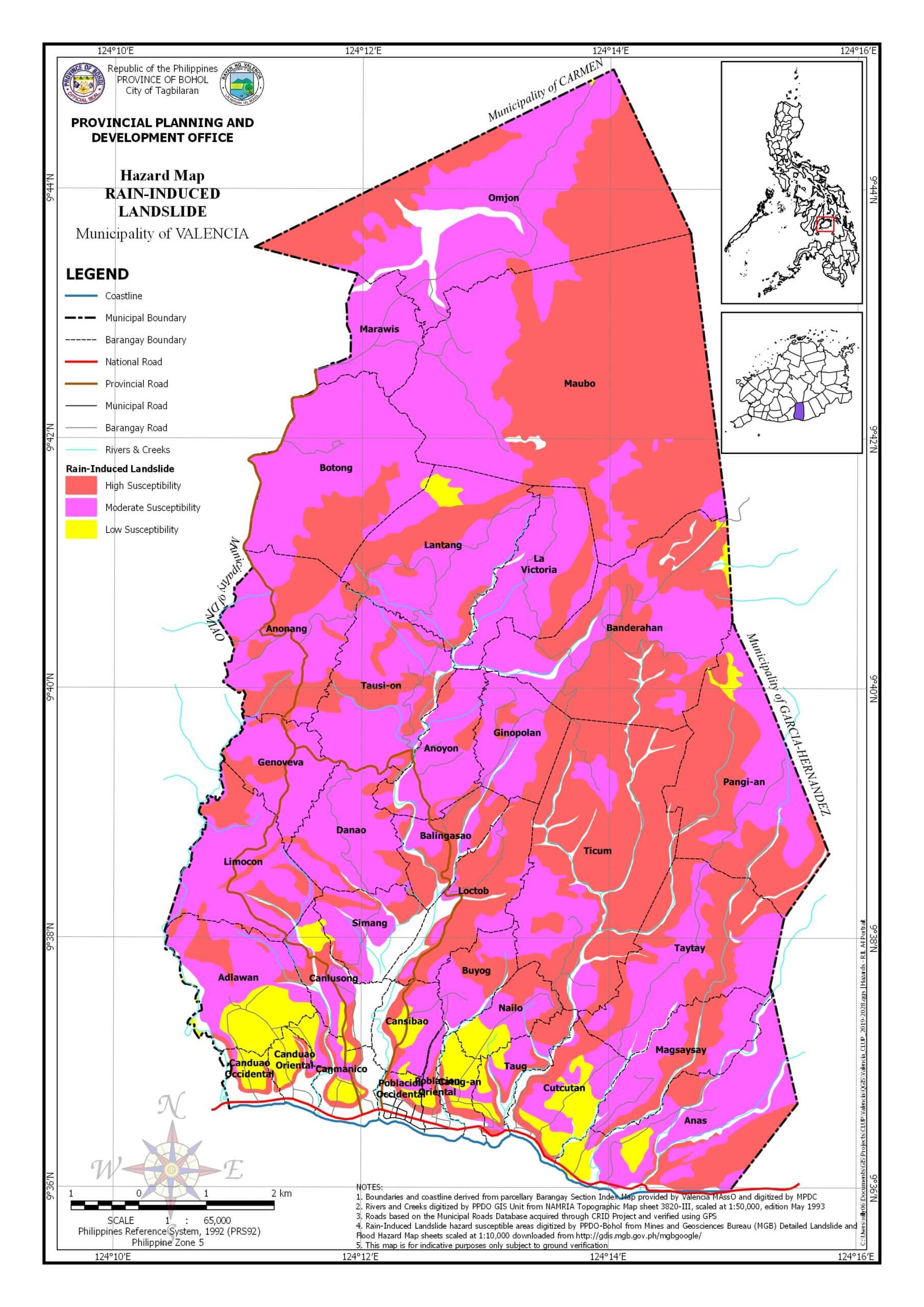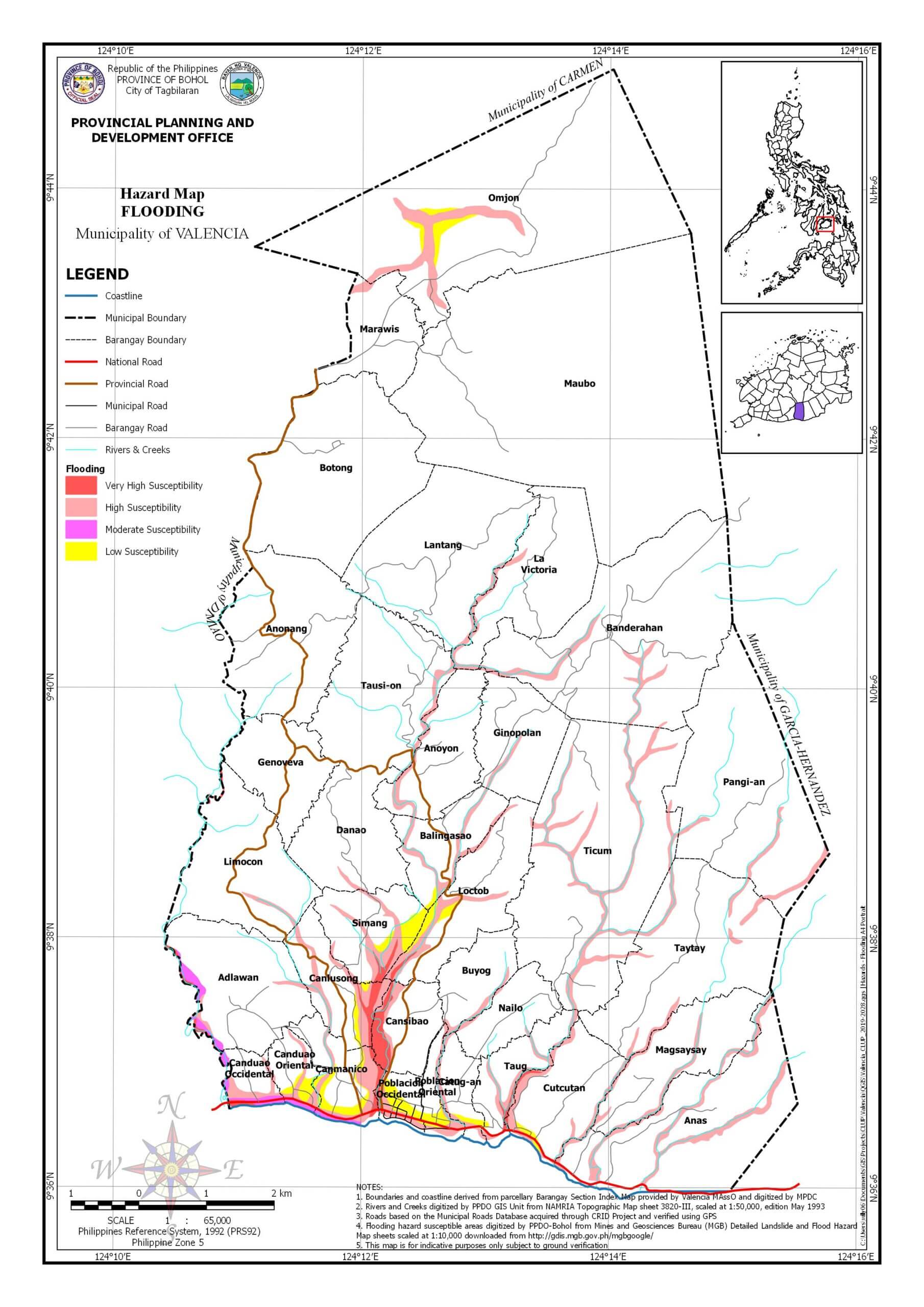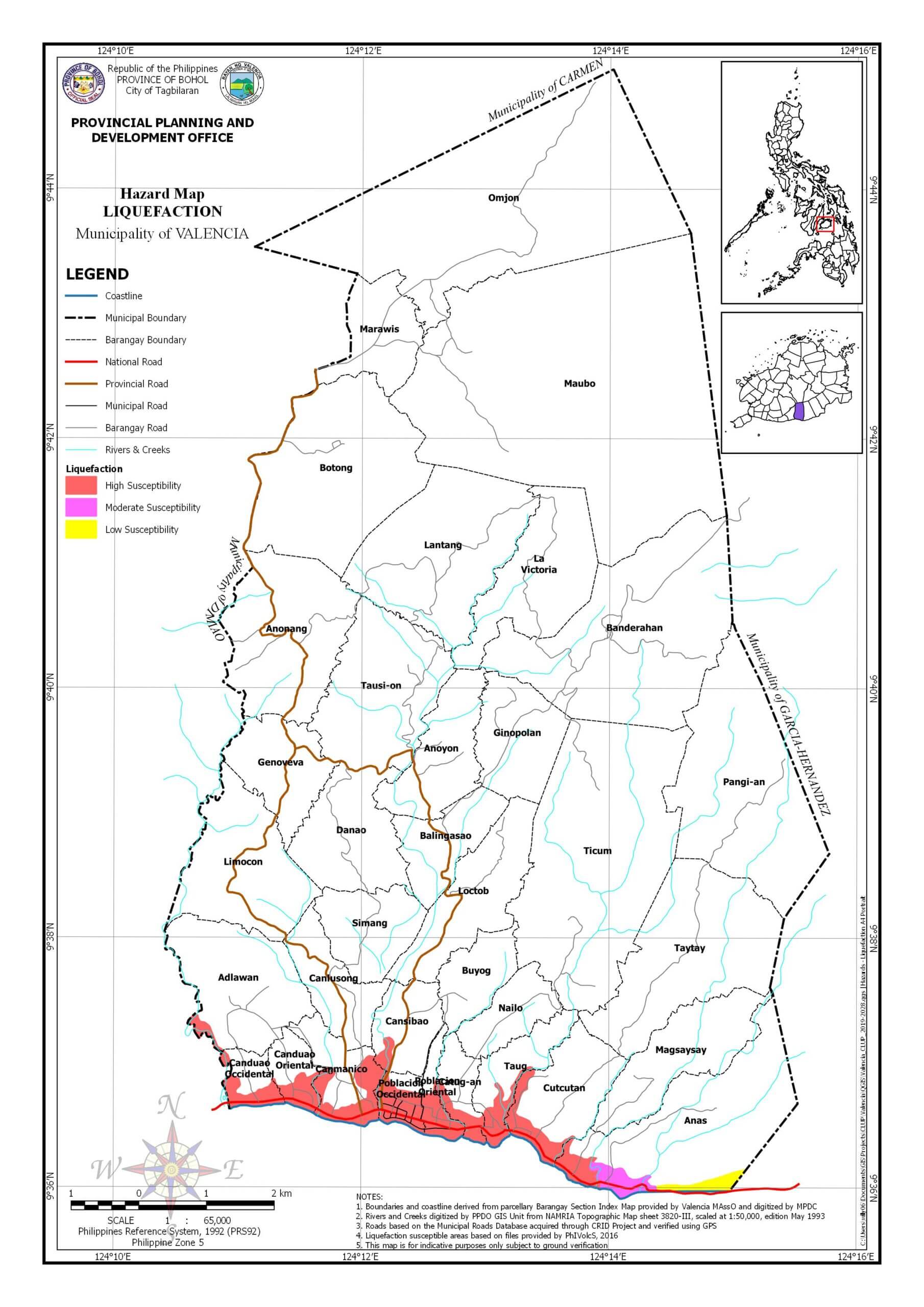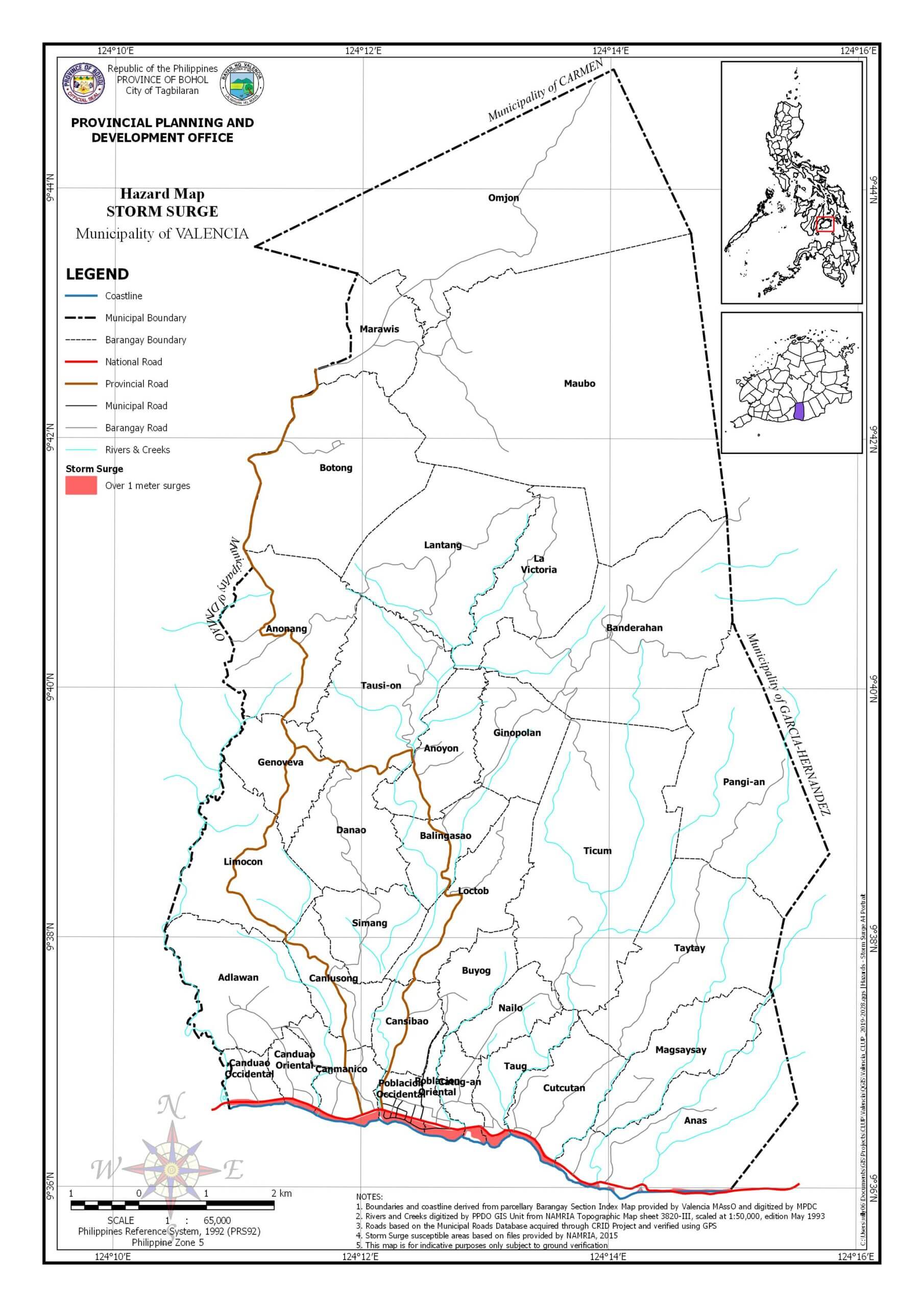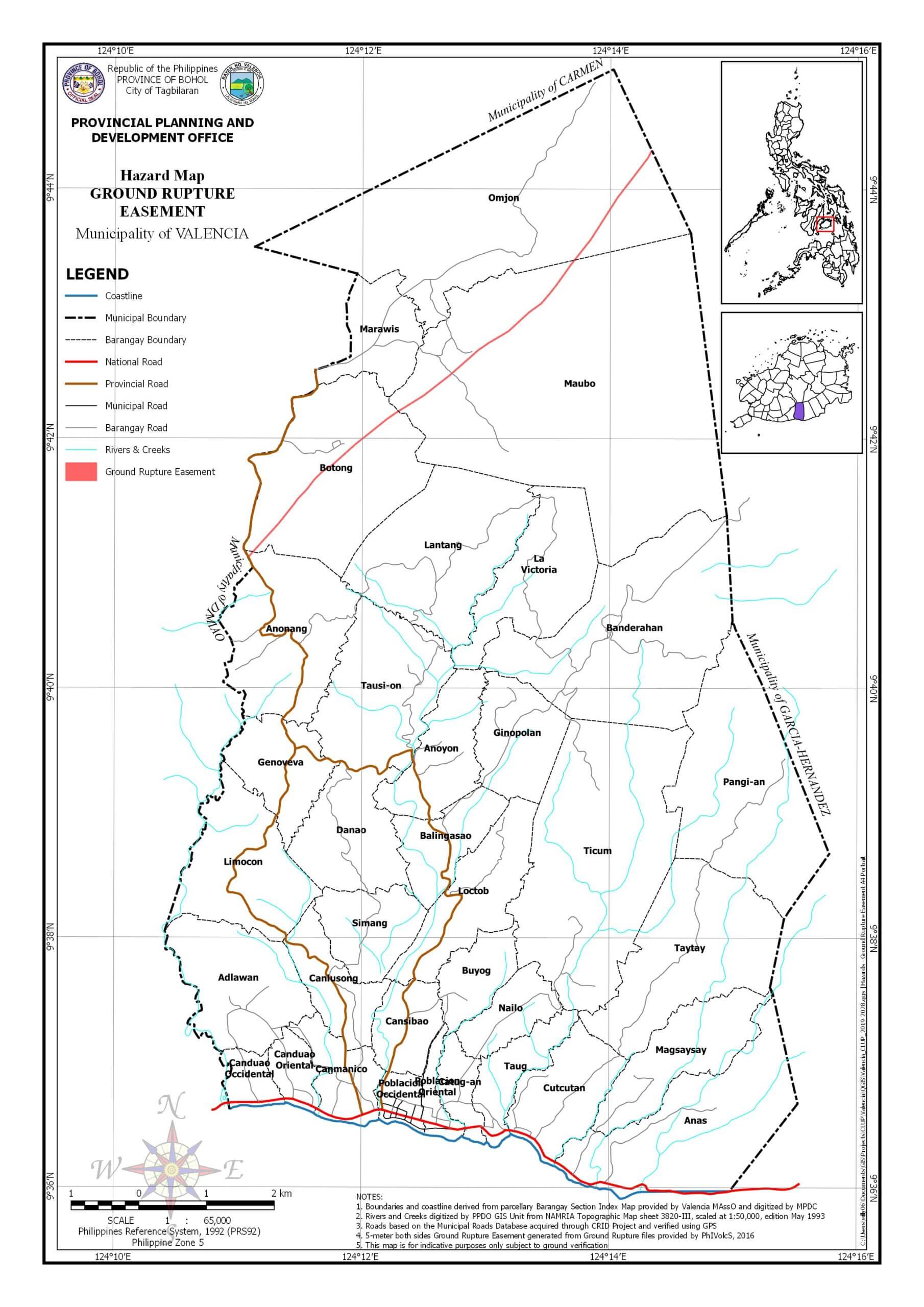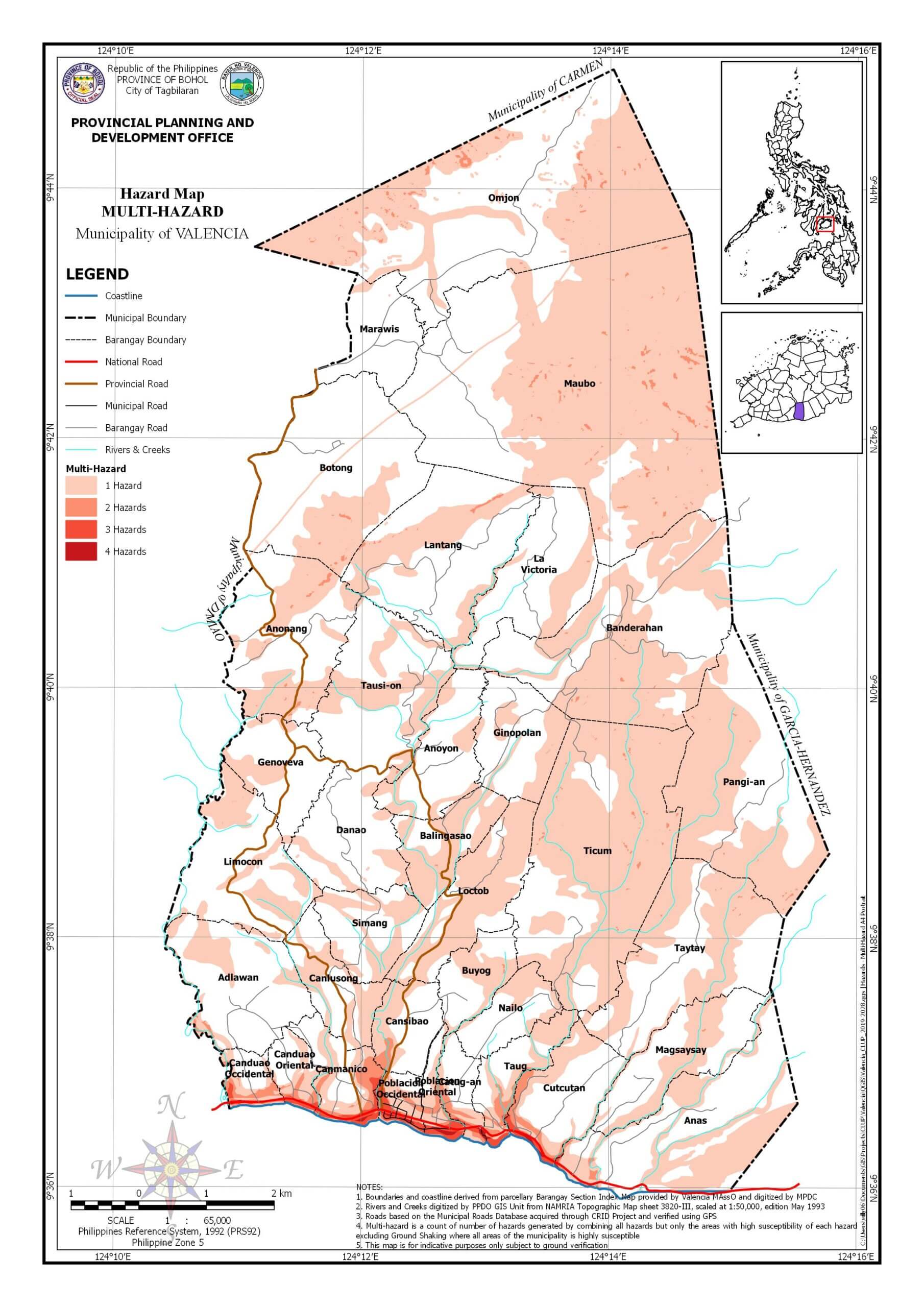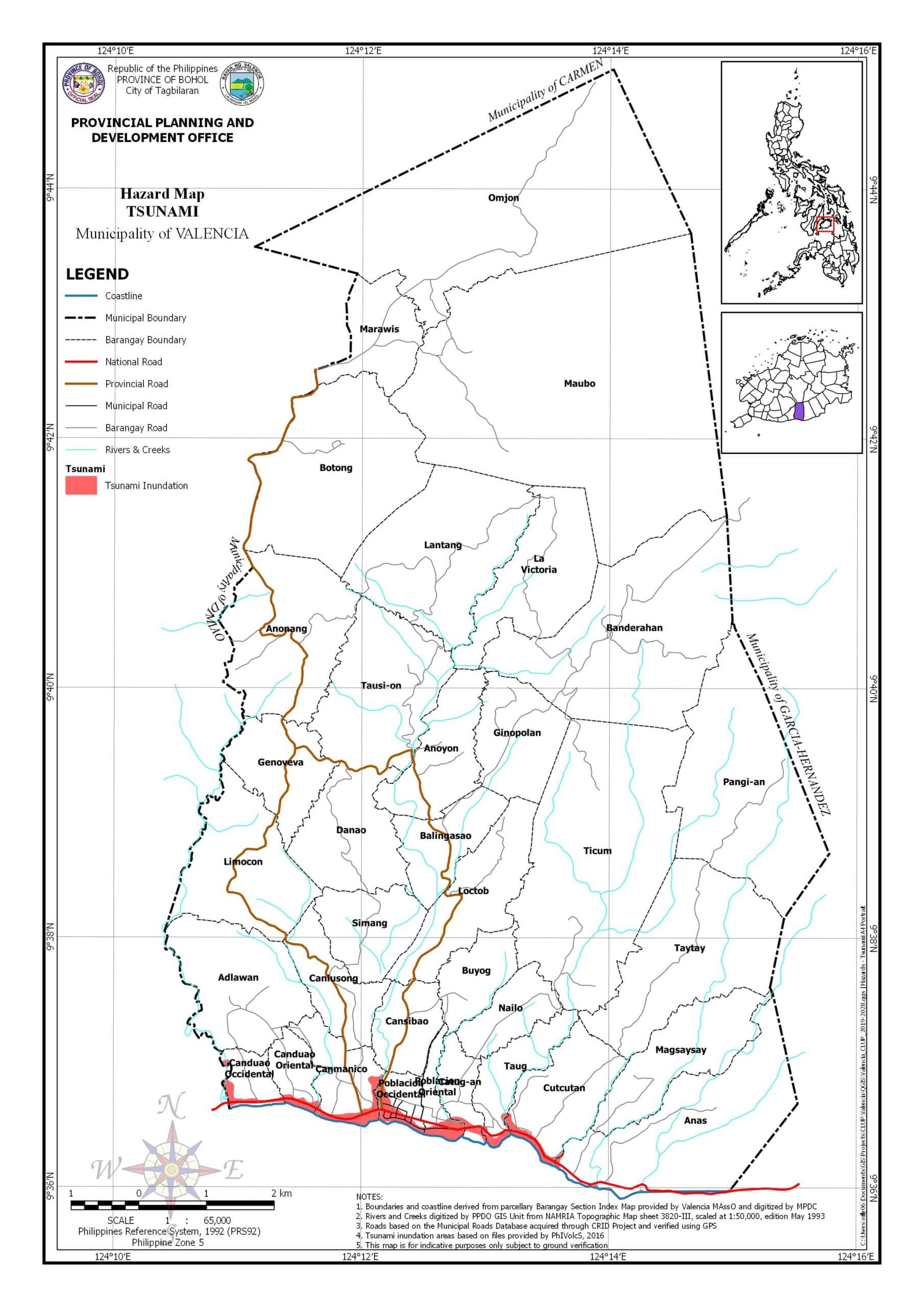VISION
Valencia is a God-fearing, peaceful, progressive, agriculturally developed and ecologically-balanced municipality with sustainable eco-tourism destination led by efficient, accountable servant leaders working with all stakeholders for the promotion of general welfare
MISSION
A sustainable eco-cultural tourist destination with an empowered and God-loving people who stand for responsible stewardship over material things and humble of their cultural heritage in their quest for an efficient and effective governance aiming to create an economically sound, peaceful and orderly community.
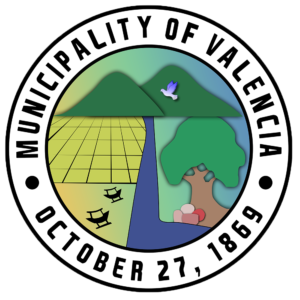
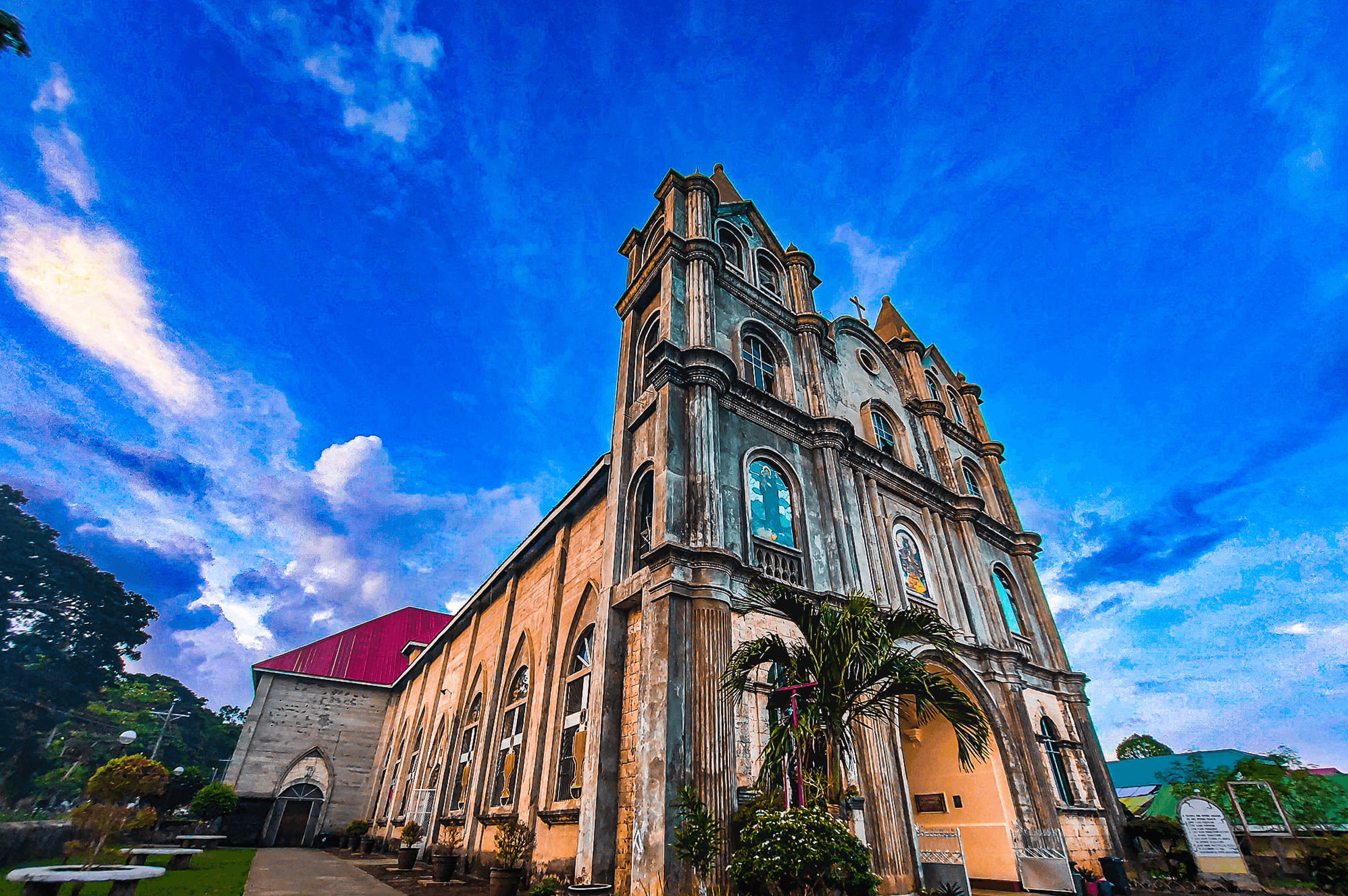
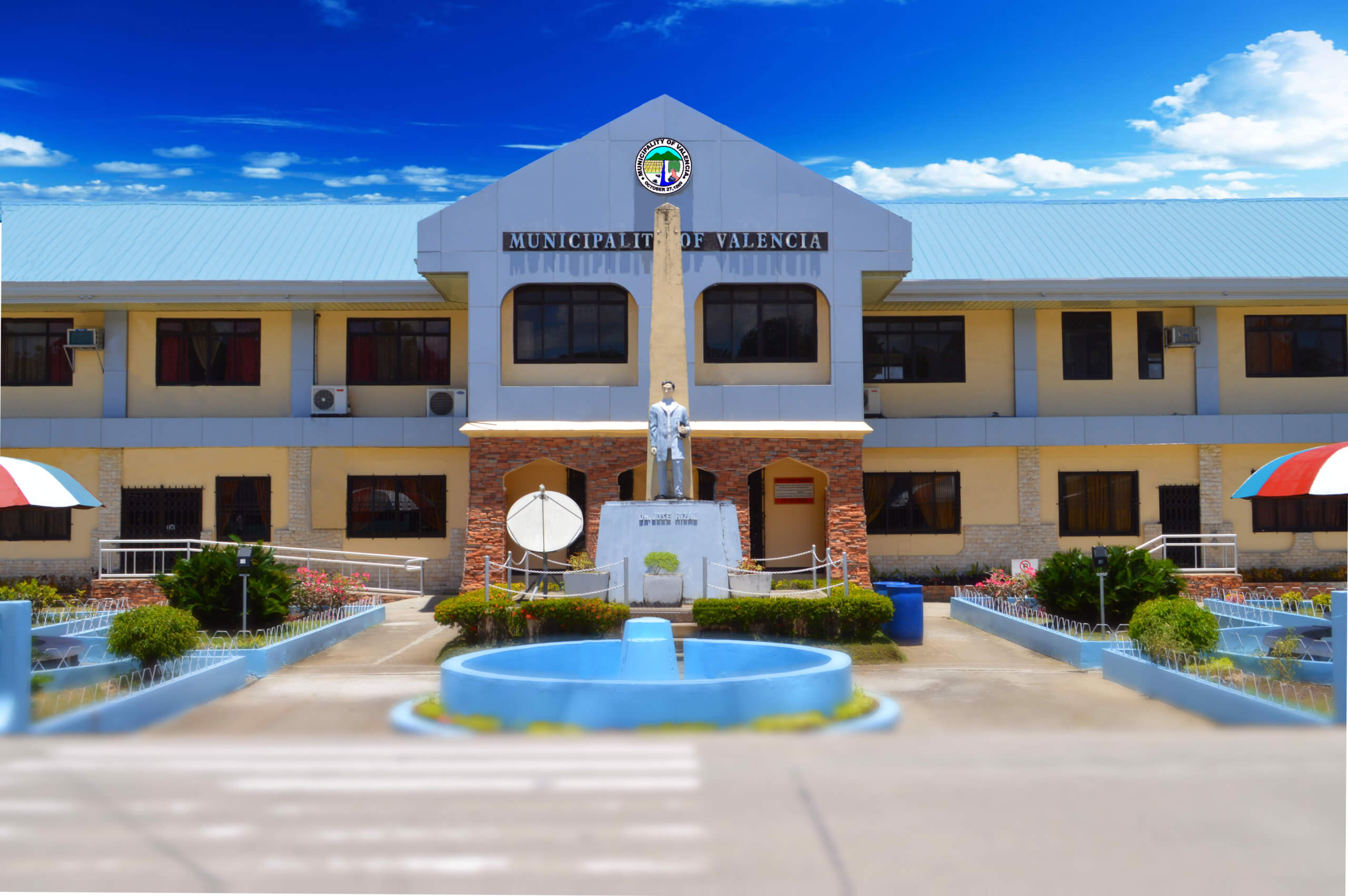
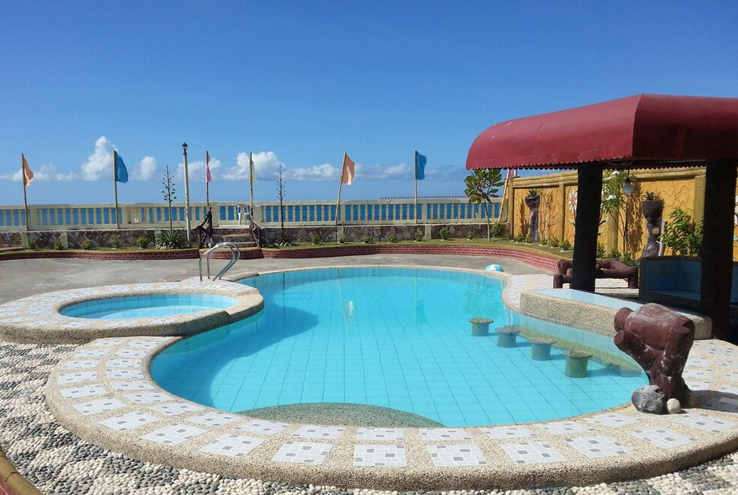
History
Its former name used to be Panangatan, which comes from the root word sang-at, meaning “to put up on an elevated place”. This referred to the practice of fishermen from Dimiao and Lila who would put up (sang-at) their boats on the banks of the Panangatan River when taking shelter during the southwest monsoons. Here nipa palms grew along the river, preventing the boats from being washed away by the waves.
Panangatan remained part of Dimiao until 1867. That year a Spanish priest was assigned to the place and it became a separate municipality. The priest gave it a new name, naming after his birthplace in Spain. In 1879 Valencia had a population of 7,009.
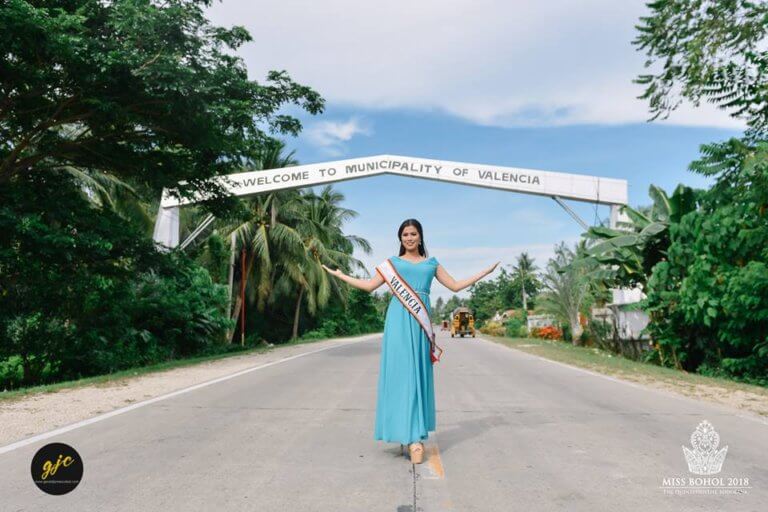
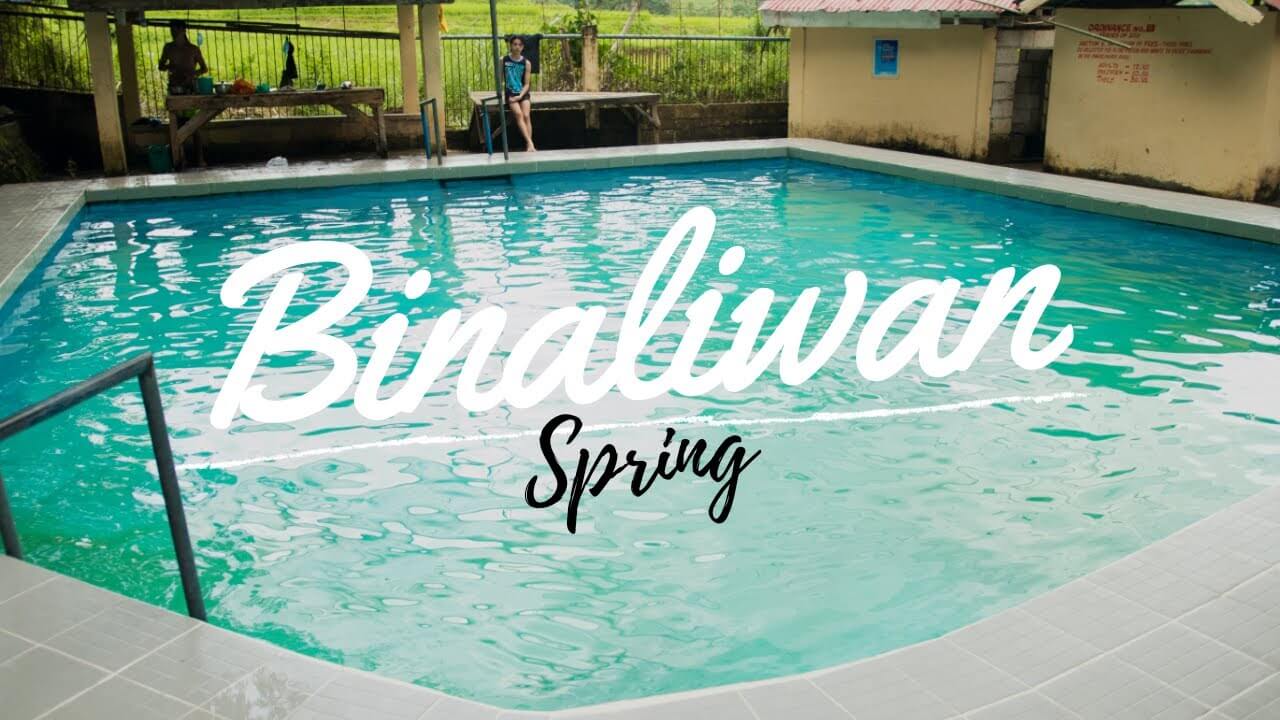

Location and geography
| Location | Southern part of Bohol Island in Central Visayas, Philippines |
| Neighboring Towns | Carmen (north), Garcia Hernandez (east) and Dimiao |
| Area | 116.67 km2 (45.05 sq mi) |
| Population | 27,126 (2015 Census) |
| Revenue (2016) | 95,583,491.86 |
| Barangays | 35 |
| Terrain | Mountainous with hills and coastal plain |
| Industries | Agriculture, Trading, Tourism |
| Major Products | Rice, Fish, Corn, Vegetables, Poultry, Handicraft, Home-made Food Items |
| People/Language | Boholano, Cebuano, Tagalog, English |
| Legislative District | 3rd |
MAPS
Source: https://ppdo.bohol.gov.ph/

